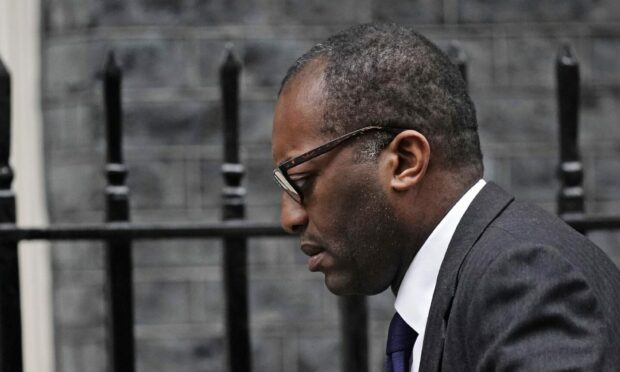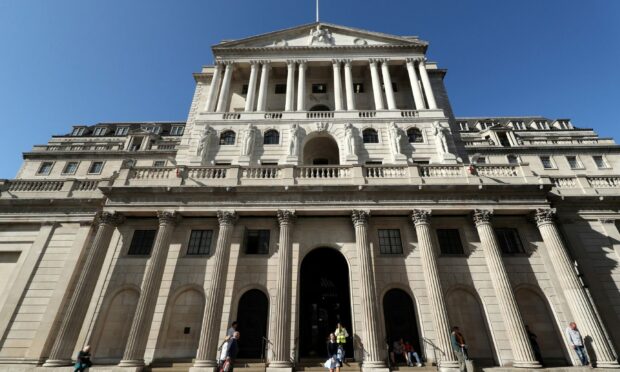Major projects and spending on frontline services could be cut as interest rates soar as the economy reacts to the UK budget, according to alarmed council chiefs across the north.
Local authorities said they are under “significant strain” as finance chiefs scrambled to assess the damage caused by the escalating crisis.
Some, including Moray, admitted they were already reviewing their capital spending plans as the cost of borrowing continued to rocket due to the market turmoil.
The Bank of England said on Wednesday it would have to step in and buy government bonds after Chancellor Kwasi Kwarteng’s tax-cutting plans spooked investors and caused the value of the pound to slide dramatically.
Scottish councils are more than £11 billion in debt to the Treasury because they routinely borrow money to invest in capital construction schemes such as new schools, leisure and cultural facilities, flood defences, offices and roads.
The interest rate offered by the Public Works Loan Board (PWLB), which is operated by the UK Debt Management Office on behalf of the Treasury, has been attractive in recent years, often under 2%.
But the fixed rate offered on the cost of new borrowing has now hit 5.5%.
It had already been rising in recent months, but shot up by more than 1% after Chancellor Kwasi Kwarteng unveiled his package of tax cuts on Friday.
It is the latest headache for struggling council bosses, who are already dealing with shrinking budgets, as well as soaring energy and pay costs.
Moray Council’s chief financial officer Lorraine Paisey said the impact on the authority’s budget would be “potentially very significant indeed”.
She added: “Rising interest rates will increase the amount we need to spend on servicing debt and in response to that we will be reviewing capital spending plans with a view to reducing planned expenditure and, therefore, borrowing levels.
“A number of contracts we have are also index-linked and rising inflation has already seen increases in contracted spend in some areas. This will have to be met by reducing spend elsewhere.”
‘Uncertainty’
At a meeting of councillors on Wednesday, Shetland Islands Council finance director Jamie Manson said there were “significant elements of uncertainty” since Friday.
Western Isles Council said rate rises would not affect its short term capital spending forecasts, “but may impact on longer term plans”.
An Aberdeenshire Council spokesman said: “We are currently looking at the interest rates on the planned borrowing for this and the next financial year, which will form part of our in-year performance monitoring and the setting of next year’s budget.”
Elsewhere, council chiefs are worried about future shocks.
Perth and Kinross Council finance chief Stewart Mackenzie updated councillors at a meeting on Wednesday, as he outlined a report on its medium term financial plans.
He said the authority did not expect to require extra borrowing in the coming year, but would review the capital strategy when a more “settled” picture emerged.
He added: “The projections in the report as they stand are the most challenging I’ve ever had to present to council, in terms of the medium term financial plan.
“I suspect that’s the case in 31 other local authorities. It’s certainly the most challenging I’ve seen in my experience over 27 years or thereabouts of being involved in the council’s budget.
Eileen Rowand, Fife Council’s executive director of finance and corporate services, said there would not be an “immediate impact” on the authority because its borrowing was managed over the long term.
But she said: “However the rise in inflation does put pressure on both our capital and revenue budgets and we are waiting for UK and Scottish Govt budget announcements in the coming months to assess what funding might be available to meet increasing costs.
“There is significant pressure on our capital budget and we will be reviewing our capital plan over the next few months.”


